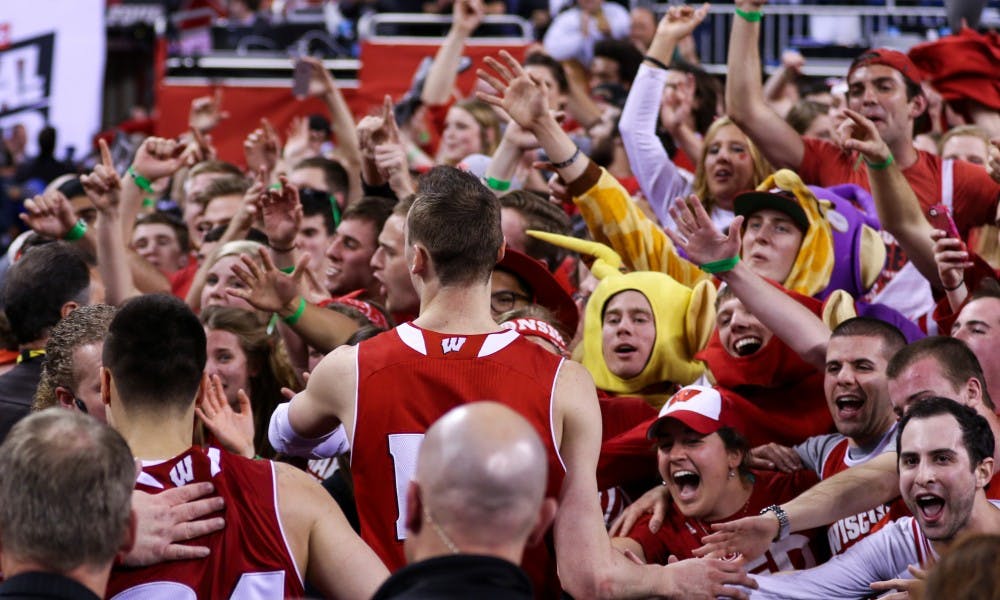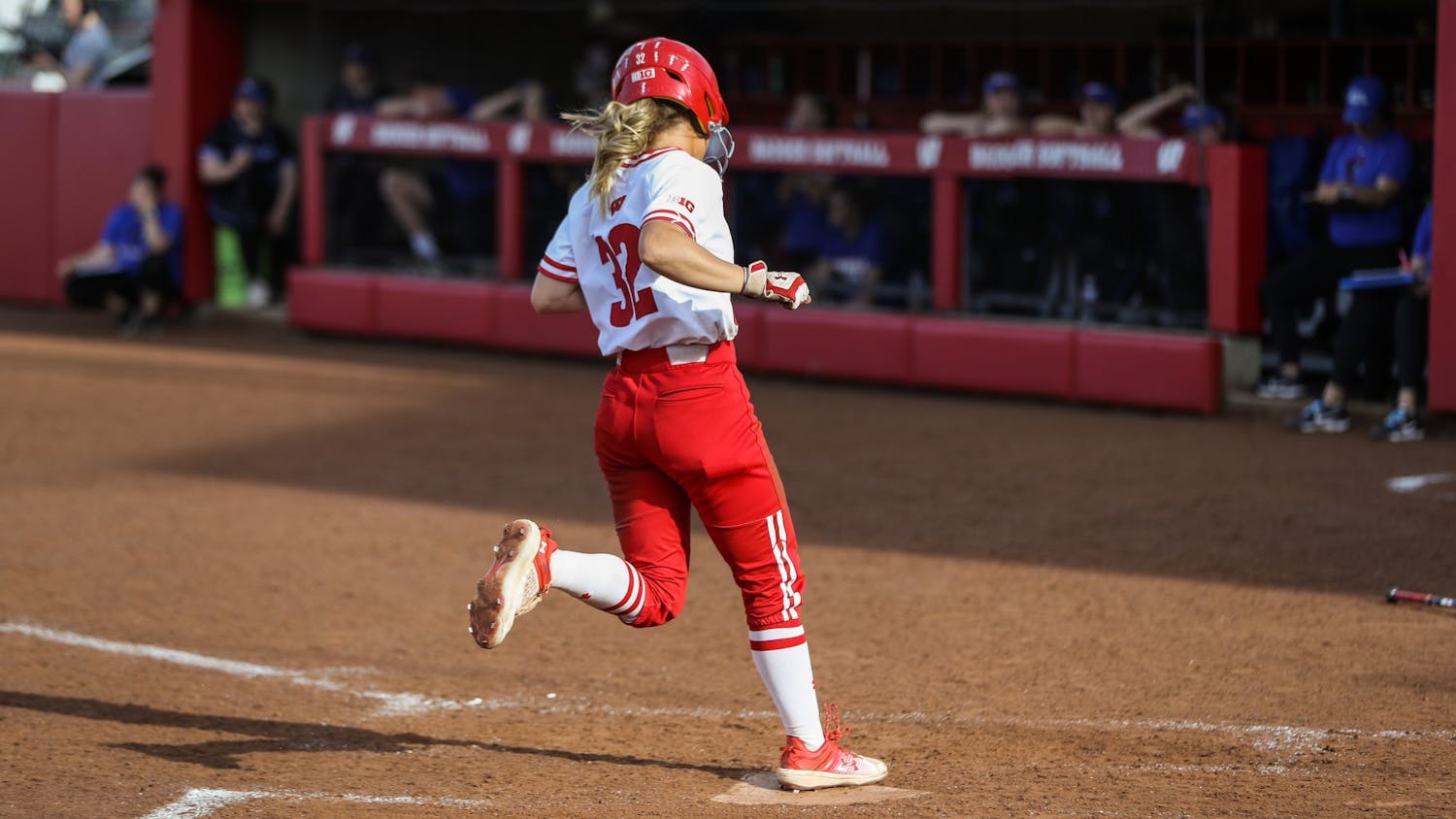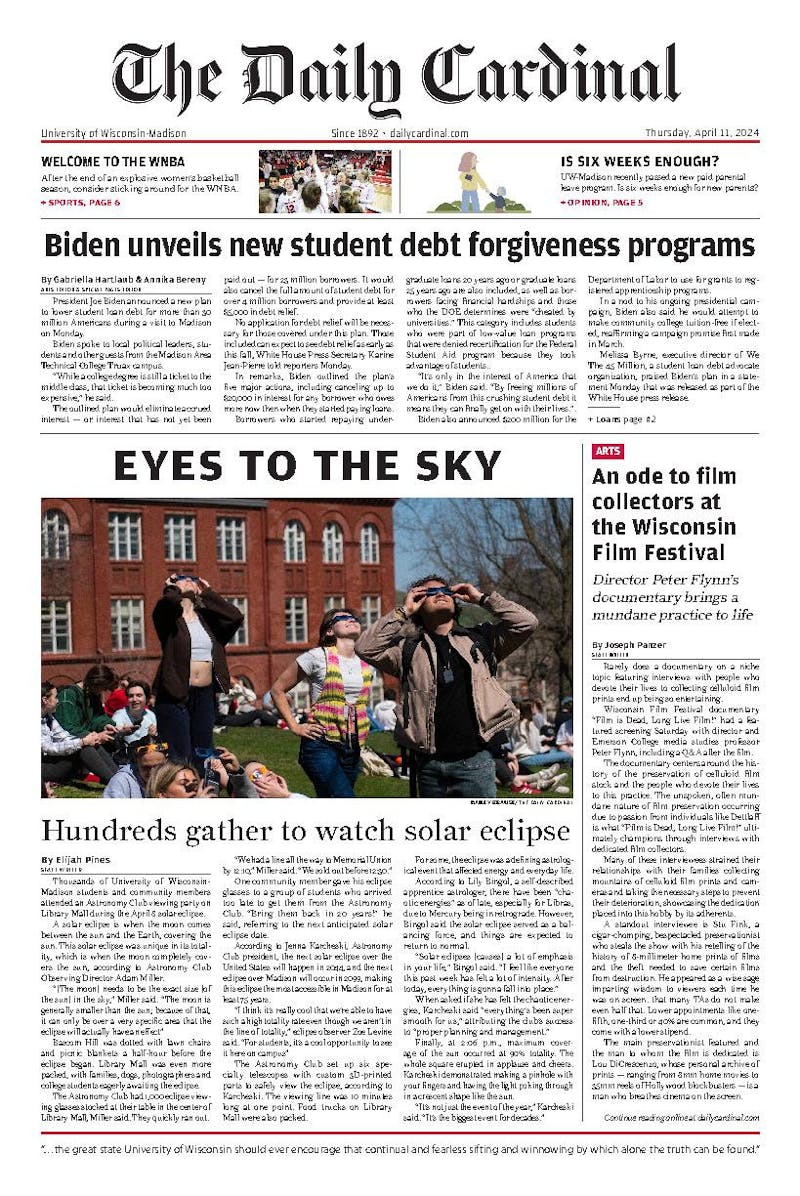“It’s the most wonderful time of the year.”
No, Andy Williams was not referring to the NCAA Division I Men’s Basketball Tournament in his cult classic.
He should have, though.
Every spring, March Madness takes the country by storm. This 68-team tournament not only generates profound excitement, but revenue and national reputation for universities.
Way back in 2011, NCAA and Turner Sports/CBS formed a 14-year television and media rights agreement. This pact is worth more than $10.8 billion and the tournament coverage accounts for around 90 percent of NCAA’s yearly revenue. Unlike football championships, the NCAA does not share revenue with other corporations and sponsors. Thus, it collects the benefits and distributes the revenue among tournament teams.
Each conference is granted a certain amount of money based upon their team’s past performances. Individually, one unit is awarded for each game in March until the championship. According to the NCAA’s most recent revenue distribution data, one unit is worth $245,514. Even if one team earns all of a conference’s units, the money is distributed to each school after the tournament concludes.
Universities showcasing successful teams in March also receive money from apparel and alumni. It is no secret people like to be associated with winners. When an NCAA team does well, there is a surge in memorabilia, spirit wear and other goods with a university brand. This allows programs to charge more for sponsorship and broadcasting rights. Deep runs can make all the difference for a small-budget school and help larger public universities gain leverage over others.
Not only does a university’s revenue increase after a successful March, but school interest skyrockets. Take the University of Connecticut, for example. In 2014, the average application pool across all U.S. universities sat a little over 10 percent. Once the Huskies lifted that trophy in 2014, however, their admissions pool increased to 35 percent more applicants. More applications equal more potential students which ultimately raises the quality of obtaining a degree.
Thus, when a team fails to qualify for March Madness, it can leave a devastating blow to tight-operating budgets. For example, in 2006, George Mason University happily benefited from the tournament. The school estimated its publicity value was worth $677 million. This revenue can be life or death for smaller universities. The revenue from the tourney supports a school’s basketball program and is invested toward various academic departments, little-to-no revenue sports and school building projects.
Currently, there are rumors the NCAA is tossing the possibility of expanding the total to 96 teams. This will lead to more coverage, nationwide participation and revenue for hosting cities. All of this untapped profit makes NCAA Division I universities extremely happy.
Andy Williams was a partial owner of the Phoenix Suns, and his appreciation for basketball was not shadowed behind his singing career. So, the next time you hear, “It’s the hap-happiest season of all,” consider the possibilities. It may signal the spirit of Christmas, or the beginning of true Madness.

Schools can benefit greatly from playing in March Madness games, which are a huge source of revenue.
March Madness has profound effect on university revenue
Support your local paper
Donate Today
The Daily Cardinal has been covering the University and Madison community since 1892. Please consider giving today.





